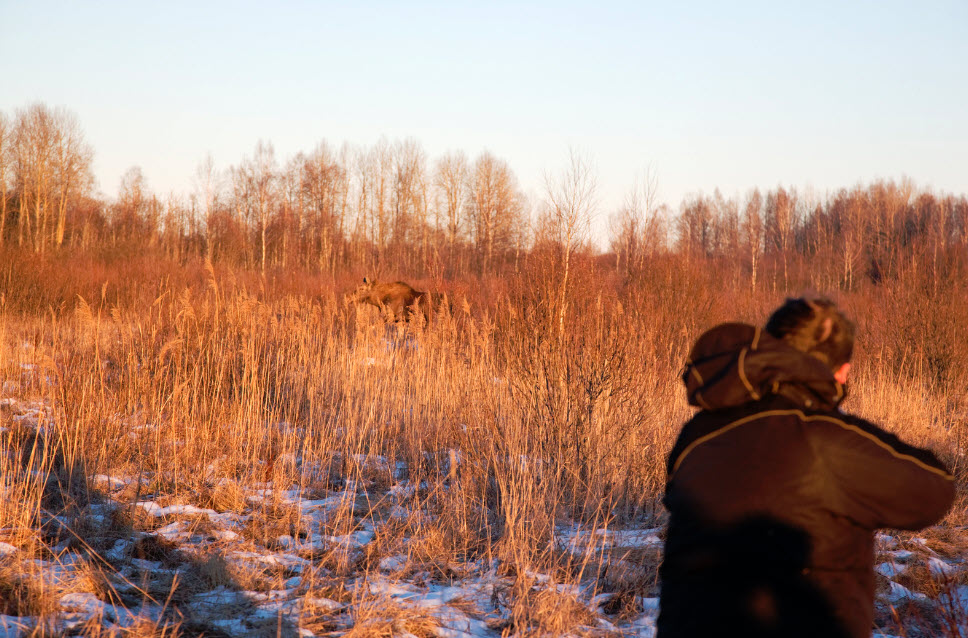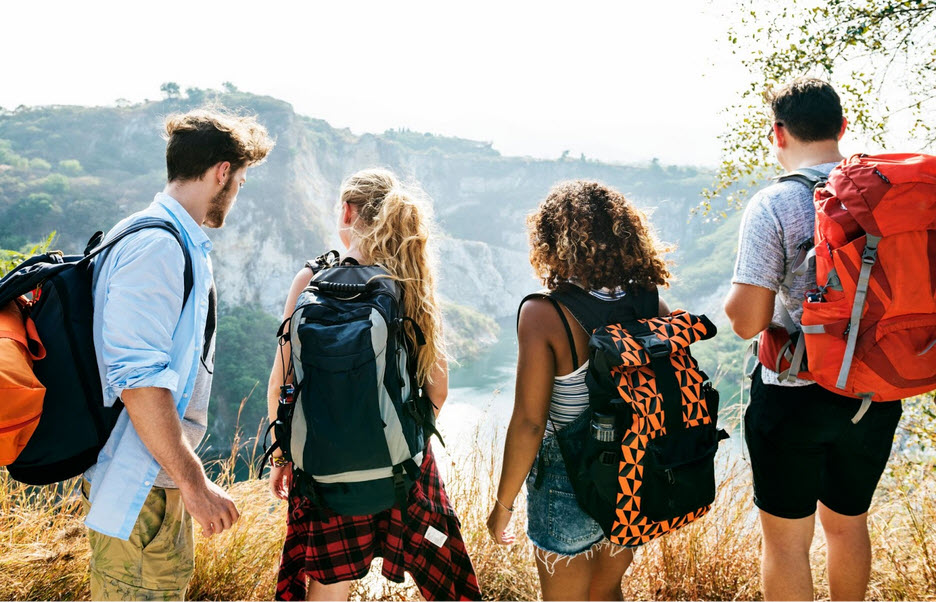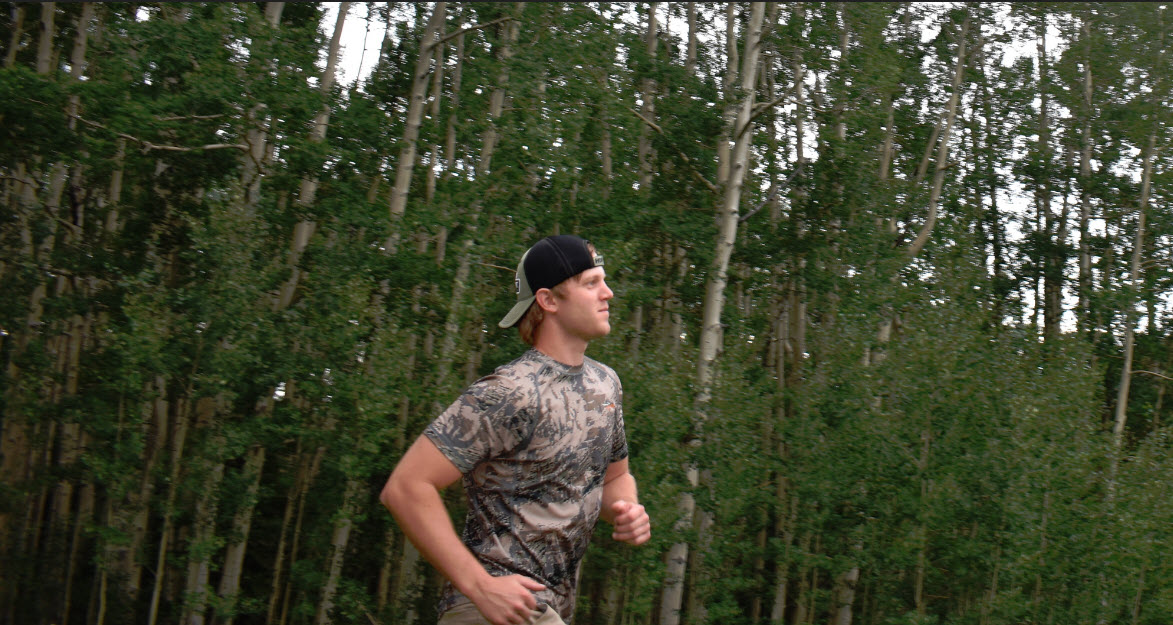
To give a fast answer, you can pay anywhere between $2,000 to well over $10,000. The low end is for a DIY hunt, whereas the higher is for a guided hunt. Semi-guided hunts fit somewhere in the middle. Obviously, where you go hunting and how you hunt (guided, semi-guided, or DIY) are the main factors that make the difference in the final costs. Read on to see how these overall costs break down.
Elk hunting is challenging in many ways, and only experienced hunters know that good preparation can make the difference between a lousy and a memorable hunting experience. Unfortunately, only 30% of hunters who go elk hunting are successful in a year, and the success rate is discouraging for many.
If you are a seasoned hunter, the numbers won’t scare you but make you want even more to try elk hunting. With elks not living all across the US, it’s understandable why so many hunters travel out of state to get their shot at an elk. This time, we won’t get into details about how to prepare for your elk hunt. We won’t even give you the tips for your first elk hunting either. Instead, we will break down the spending for an elk hunting trip. Unless you live in a state with elks, the chances for you to travel out of state to take your big game are high.
Page Contents
What costs to expect for your elk hunting trip?
Even if you don’t fly out of state to take your elk, you still need to spend some bucks on your elk hunting. There are plenty of things to pay for, from the tags to food, equipment, and gas. We know that hunters are well organized, so lists are helpful. Keep reading to find out more about your spending on elk hunting.
Flying or driving?
Most elk hunters need to fly for elk hunting simply because it’s faster. After you book your hunt, we recommend you also buy your flight ticket- it’s around $500. Since you’re a hunter, you have a lot of hunting equipment, so expect to pay about $300 for baggage fees.
If flying seems too much of a fuss and you enjoy driving, you may consider driving to destination. You will spend less, especially if you only stop and spend one night when traveling from the east coast. For many, flying is the easiest and stress-free way to get to the hunting state. You will spend 8 hours in and out of the airport and more than 30 hours driving. You will save more than $1,000 if driving. Flying back home with your game (hopefully) will cost you $1,000 in shipping fees. If you don’t have a lot of time on your hands, flying is faster than driving and doesn’t get you tired either.
The tag
When it comes to tags, there are some differences between the states for non-resident hunters. For instance, a tag in Montana for a non-resident is $915. Non-residents’ are no longer guaranteed a tag in this state, which remains one of the most desired for elk hunting due to the success rate for general elk tag–around 80%.
The tags themselves are quite an investment and do throw off many of the hunters out there. We take a look at the prices for five of the most popular states for elk hunting.
Idaho
- Either sex tag: $572
- Antlerless: $372
Colorado
- Either sex tag: $636
- Antlerless: 476
New Mexico
- Either sex tag: $548
- Mature bull tag: $548
- Quality or high demand tag: $773
In New Mexico, landowners have the right to sell their tags. Some of these tags get as high as $10,000.
Wyoming
- Either sex tag: $577
- Antlerless: $288
- Bull tag: $1057
There’s a non-residential unique tag; 40% of non-resident tags get assigned for the draw. The assumption is that fewer hunters participate for the higher price tag; it increases draw odds.
Montana
- Either sex tag: $851
- Antlerless: $273
- Big game combo (elk and deer tag): $996
Each state has its licensing procedure, which can become a factor when selecting your hunting destination. Should you aim to draw units, you need to obtain preference points, which adds a couple of hundred dollars to the final price of the license. For example, in New Mexico, there’s a lottery system so that you have the same chance of a successful draw, no matter if you’ve been trying to get one for a decade or if it’s the first time you apply.
The preference point system is active in other states, such as Montana, Colorado, Wyoming, and Idaho. You have better chances to draw a tag if you have many preference points, especially in a trendy unit. If you don’t want to apply for preference points, six western elk hunting states give over-the-counter tags: Arizona, Oregon, Colorado, Washington, Idaho, and Utah. Be aware that the number of tags in over-the-counter units is quite limited. Needless to say, you do need to plan your hunting trip. We’re not only talking about getting in the best shape for elk hunting (which we all know is difficult) but also about being able to purchase the tag.
Hunting gear
If you’ve been hunting before, you probably know which gear you need. When it comes to equipment for elk hunting, the list of essentials is quite lengthy: bow, arrows, broad heads, knives, headlamps, etc. In addition, you need an external frame backpack to haul your meat, and a backpack that withstands the elk without ruining your back and shoulders. A great backpack will cost you from $400 to $600. Finally, don’t forget that hydration is crucial for hunting, so look for a pack that is hydration compatible. Otherwise, you will pay around $40 for a separate hydration bladder.
Buy yourself good hunting boots that are comfortable and waterproof, and good hunting clothes. Be ready to pay from $200 to $400 for hunting boots that are supportive, waterproof, comfortable, and have efficient traction on all terrain.
If you plan to go rifle hunting, don’t forget to pack shooting sticks. Buy a reliable pair that lets you stand up and shoot and also adjust when you have to kneel. A good pair of shooting sticks is around $150.
Many hunters rely on their rangefinders when pursuing the elk, which can add $800 to your spending for gear.
Don’t forget to add on your shopping list a sleeping bag ($100), sleeping pad ($25), bear spray ($60), and a JetBoil fuel ($12). Some pack an inflatable pillow as well ($60), but you can get creative and use some of your clothes as a pillow.
Food
Not all hunters agree that food should be considered spending for elk hunting, but that’s a mistake, especially when you pack food for a whole week. Even if you go to your state for hunting, you still buy some groceries. So when you go elk hunting, you need to consider what you’re going to eat.
It’s a matter of personal choice, for sure, but many hunters pack trail mix, jerky, peanut butter and bacon, energy bars, and dehydrated meals. You can spend around $60 for breakfast and lunch, and $8 for one dehydrated meal. So should you pack for eight days, you spend $64 for dehydrated meals alone.
Taxidermy, processing, and shipping (if necessary)
If you’re hunting out of state and decide to fly, you will spend a lot of money on shipping your game. When you drive to your hunting state, you can boil the skull and manage it after getting home. If you fly, you need to ship the head and meat. Processing the meat is around $190, and a euro mount is $200. Some states don’t allow brain matter or spinal fluid transport into the state, so you need to know the regulations before trying to ship it back home. Checking the head at the airport is around $125 and double the amount for UPS.
You will spend another $350 to cut the elk, wrap it and get it frozen. We recommend you let the outfitters taxidermist handle the elk if you’re flying. A full shoulder mount will cost you around $1,400, shipping included. When you are lucky enough to kill your elk, you still need to take the 200 pounds of meat back home, which is vital spending. Unless you have a hunter friend who drives back home, you will pay around $800 to ship the meat home. When you’re only hunting for the thrill and not for the meat, you can very well donate it to a local food bank. It’s a thoughtful way to give back to the community and to save several hundreds of bucks.
Unexpected expenses
Let’s say you go on a 10-day vacation and you fill your tag right on the 2nd day; it means that you will have to stay and spend your money on something other than hunting. It’s not ideal, but it’s better than going on a trip, spending thousands of dollars, and getting back home empty-handed.
Should you find yourself in such a situation, you will spend $200 for gas, eating out, and some beer. It can all go up to $300.
If we add up all the expenses, you get somewhere around $3,000. So unless you have this kind of money and the will to spend it, you shouldn’t take the plunge with an elk hunting trip.
Can you spend less?
There are many ways to cut down your financial loss for an elk hunting trip. Here are some of our suggestions.
Drive with a hunter friend
You can drive to your destination and have a hunter friend with you. You split all spending and no longer spend $700 for taxidermy, processing, and shipping. Scratch down the flight ticket, and keep only $200 for half of the gas. At the end of it all, you will pay around $1,800 for your elk hunting experience. If you still think it’s over your budget, you should find a hunter friend who’s interested in you purchasing a tag every other year. One could be the caller, and the other one the hunter—it can work when you get along just fine. Many avid hunters enjoy the idea of being the featured hunter on an elk hunting trip. Just because you don’t get a tag doesn’t mean that your hunting trip is useless; there are many things to learn every year. There’s no such thing as knowing too much about elk hunting.
Hunt in Colorado or Idaho
Hunting elk in Colorado or Idaho is another way to cut down your spending. The tags are similar for non-residents, and there are over-the-counter tags, so you save around $300. If you’re interested in DIY elk hunting, you can spend about $1,500, which is a decent amount to put aside for a hunting trip every year.
Cut down the tips
If you’re going on a guided hunting trip, you need to consider the tips for your hunting guide. Unfortunately, many hunters don’t know if they should tip the guides and outfitters.
Some of these guys do it for a passion because they enjoy helping other hunters make their lifelong dream come true. Many hunters save money for years to be able to go on an elk hunting trip. The financial effort is so significant that they don’t have the money for tips as well. However, people don’t guide for the money, even though they also have bills to pay. Professional guides use expensive, high quality equipment, and tips can help them buy the equipment. 10-20% of the cost of the hunt is a fair tip. For $6,500, the tip is $650, whereas 20% will leave guides as much as $1,300. Back in the day, you would also have to tip people helping the guides, such as wranglers, packers, or cooks. If you plan to tip, don’t hand it over to the outfitter, but rather do it yourself.
The final count
When you write down all the expenses, the final price can be discouraging. However, please keep in mind that there are always ways to cut down your losses. Having said that, here are the numbers:
- Guided elk hunt: $6,500
- Elk license: $1,000
- Transportation: $900
- Processing and taxidermy: $1,400
- Gear: $1,600
- Shipping fees: $1,200
- Tips: $650 to $1,300 (it’s up to you)
All in all, you will pay well over $12,000.
Instead of a conclusion
Elk hunting doesn’t need to be a financial struggle. You don’t always have to hire a guide and pay over $10,000 for your elk hunting trip. It takes a lot of research work to do it on your own, but you can now get all the information you need online/by phone about elk hunting trips to another state. Even if you don’t file for a tag, you can still have a great experience on elk hunting trips. At the end of the day, elk hunters barely speak of the money they’ve spent throughout the years. Instead, they talk about their unique experiences and the incredible adventures that elk hunting can bring!







